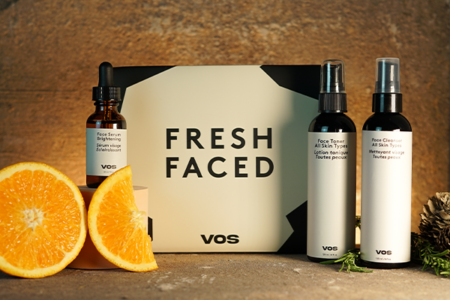Sun exposure is a common cause of premature skin aging and visible skin damage. Over time, harmful UV rays can lead to dark spots, fine lines, rough skin texture, and even long-term skin concerns. Addressing these issues early through proven methods can help improve skin appearance and support skin recovery.
Here are expert-suggested ways to reverse sun damage on the skin and integrate protective habits into your skincare routine.
1. Incorporate Broad-Spectrum Sunscreen into Your Daily Skincare Routine
Why Sunscreen is Essential
One of the most important steps in managing sun-damaged skin is daily use of a broad-spectrum sunscreen. Even when trying to reverse sun damage, consistent sun protection is necessary to prevent further harm.
How to Use It Correctly
- Apply sunscreen with at least SPF 30 every morning.
- Reapply every two hours if exposed to the sun.
- Don’t skip cloudy days, as UV rays can still reach the skin.
Building the Habit
Sunscreen should become a non-negotiable step in your skincare routine, applied after moisturizing but before makeup.
2. Use Topical Antioxidants to Support Skin Recovery
The Role of Antioxidants
Topical antioxidants, such as Vitamin C and E, can help minimize the effects of sun damage by neutralizing free radicals that cause skin cell breakdown.
How to Include Antioxidants
- Apply a Vitamin C serum in the morning before sunscreen.
- Consider products that combine antioxidants with hydrating ingredients.
Choosing the Right Products
Select products with stable formulations to ensure the antioxidants remain effective. Experts recommend starting with lower concentrations if you are new to these ingredients.

3. Add Retinoids to Promote Skin Renewal
Why Retinoids Matter
Retinoids, including retinol and prescription-strength versions, encourage skin cell turnover, helping to fade hyperpigmentation and smooth uneven texture caused by sun exposure.
Best Practices for Retinoid Use
- Start with low-frequency application (2-3 times per week) to allow the skin to adjust.
- Apply at night, followed by a gentle moisturizer.
- Always wear sunscreen during the day, as retinoids can increase sun sensitivity.
Managing Skin Response
Some dryness and irritation may occur initially. Gradual introduction and consistent use typically improve skin tolerance over time.
4. Consider Professional Treatments for Advanced Sun Damage
When to Seek Professional Care
In cases of significant sun damage, professional treatments may offer additional support beyond home skincare.
Common Options:
- Chemical Peels: Help remove the damaged outer layers of skin, improving tone and texture.
- Laser Therapy: Targets deep pigmentation and stimulates collagen production.
- Microneedling: Encourages skin repair by creating micro-injuries that prompt collagen growth.
Consultation is Key
Before beginning any advanced treatment, it’s essential to consult a qualified dermatologist to assess skin condition and recommend suitable options.
5. Maintain a Consistent and Gentle Skincare Routine
Supporting Long-Term Skin Health
Consistency in your skincare routine is essential for reversing sun damage and maintaining skin resilience.
Key Elements of a Balanced Routine:
- Gentle Cleansers: Avoid harsh soaps that can strip the skin barrier.
- Moisturizers: Hydrate the skin to support recovery and barrier function.
- Targeted Treatments: Include serums or creams that address specific sun-related skin concerns.
- Regular Exfoliation: Use mild exfoliants to remove dead skin cells without over-scrubbing.
Monitor Skin Changes
Track progress and adjust your routine as needed based on skin response. If irritation or unexpected reactions occur, simplify the routine and consult a dermatologist.
Summary:
Reversing sun damage is a gradual process that requires patience, protection, and proper care. Experts consistently emphasize the importance of sun protection as the foundation of any corrective plan. By following these 5 expert-suggested ways to reverse sun damage on the skin, you can support your skin’s natural healing process and strengthen your daily skincare routine.
Here’s a quick overview:
- Apply sunscreen daily without exception.
- Use antioxidant-rich products like Vitamin C to neutralize free radicals.
- Introduce retinoids carefully to encourage skin renewal.
- Seek professional advice for treatments when necessary.
- Maintain a gentle, steady skincare routine focused on hydration and skin health.
Over time, these steps can lead to visible improvements in skin texture, tone, and overall appearance





